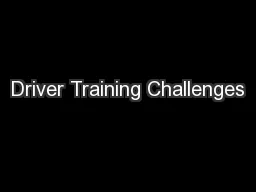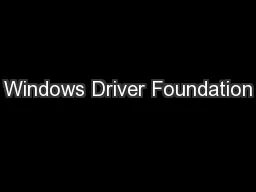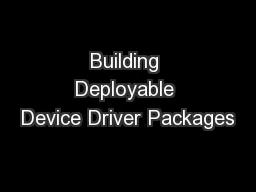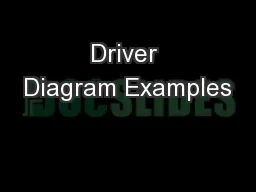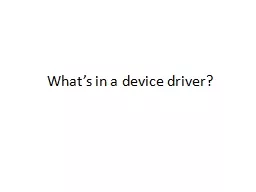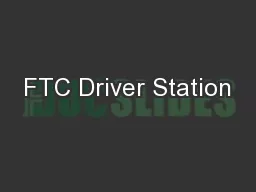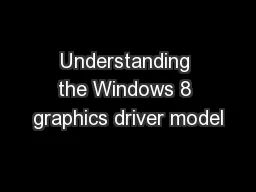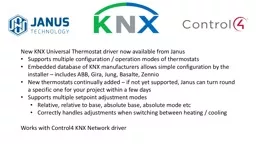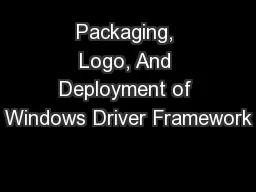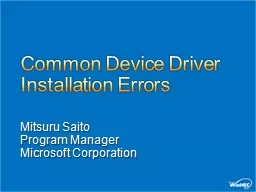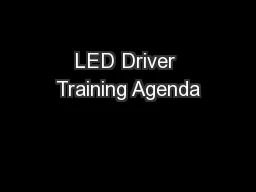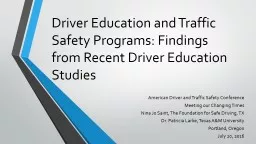PPT-Driver Training Challenges
Author : alida-meadow | Published Date : 2018-11-07
for the 21 st Century Presented by SKIDCAR SYSTEM INC Technology and Digital Natives Both are challenging our current methods of delivering effective training New
Presentation Embed Code
Download Presentation
Download Presentation The PPT/PDF document "Driver Training Challenges" is the property of its rightful owner. Permission is granted to download and print the materials on this website for personal, non-commercial use only, and to display it on your personal computer provided you do not modify the materials and that you retain all copyright notices contained in the materials. By downloading content from our website, you accept the terms of this agreement.
Driver Training Challenges: Transcript
Download Rules Of Document
"Driver Training Challenges"The content belongs to its owner. You may download and print it for personal use, without modification, and keep all copyright notices. By downloading, you agree to these terms.
Related Documents

